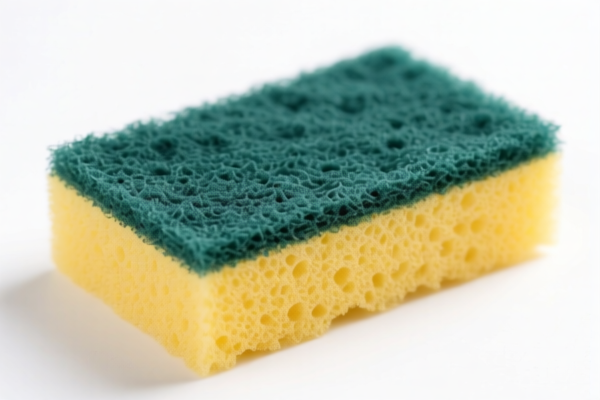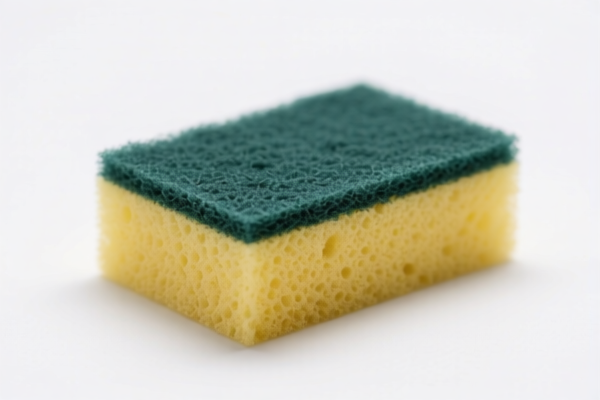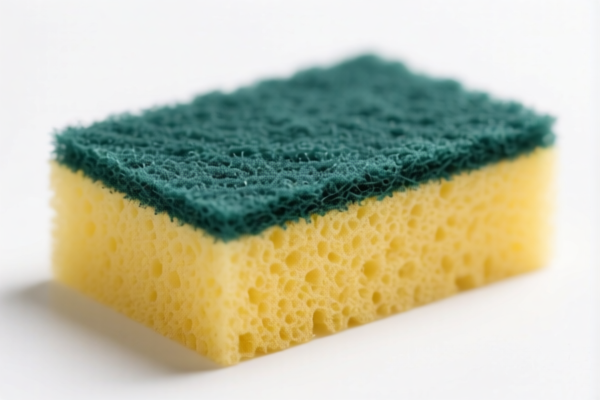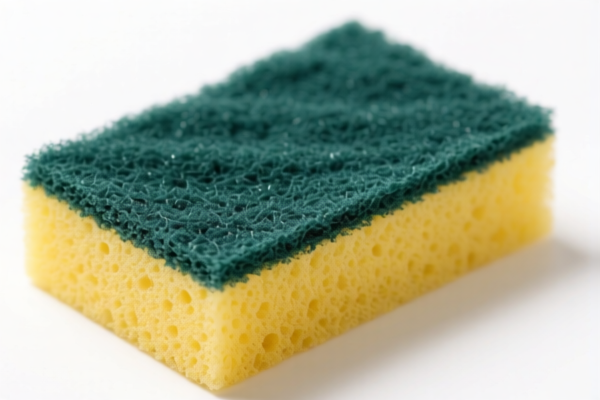| HS Code | Official Doc | Tariff Rate | Origin | Destination | Effective Date |
|---|---|---|---|---|---|
| 5601300000 | Doc | 55.0% | CN | US | 2025-05-12 |
| 5601290090 | Doc | 59.0% | CN | US | 2025-05-12 |
| 5603910090 | Doc | 55.0% | CN | US | 2025-05-12 |
| 5602290000 | Doc | 61.3% | CN | US | 2025-05-12 |
| 5602906000 | Doc | 61.3% | CN | US | 2025-05-12 |
| 3926904000 | Doc | 32.8% | CN | US | 2025-05-12 |
| 3926909910 | Doc | 42.8% | CN | US | 2025-05-12 |
| 3921190090 | Doc | 61.5% | CN | US | 2025-05-12 |
| 6815994170 | Doc | 55.0% | CN | US | 2025-05-12 |
| 2508400150 | Doc | 55.0% | CN | US | 2025-05-12 |
| 6806900090 | Doc | 55.0% | CN | US | 2025-05-12 |
| 6811899000 | Doc | 55.0% | CN | US | 2025-05-12 |
| 6811820000 | Doc | 55.0% | CN | US | 2025-05-12 |




Filter Sponge
A filter sponge is a porous material used for mechanical filtration in a variety of applications, primarily involving liquids – most commonly water. They are characterized by their open-cell structure, which allows for the trapping of particulate matter while maintaining fluid flow.
Material
- Polyurethane Foam: The most common material. Offers a good balance of filtration efficiency, durability, and cost-effectiveness. Available in varying pore sizes (measured in PPI – pores per inch) to suit different filtration needs.
- Melamine Foam: Known for its excellent sound absorption properties, but also used for filtration, particularly in applications requiring fine particle removal. Less durable than polyurethane.
- Cellulose Sponges: Often used in disposable applications, less durable and can decompose over time.
- Ceramic Sponges: More durable and can be cleaned and reused, but are generally more expensive.
Purpose & Function
The primary purpose of a filter sponge is to remove suspended solids from a liquid. They function by physically trapping particles as the liquid passes through the sponge’s pore structure. This improves water clarity, protects downstream equipment (like pumps and UV sterilizers), and provides a surface for beneficial bacteria to colonize in biological filtration systems.
Usage Scenarios
- Aquariums: A cornerstone of aquarium filtration. Provide mechanical and biological filtration, removing debris and converting harmful ammonia and nitrites into less toxic nitrates.
- Ponds: Used in pond filters to remove leaves, fish waste, and other organic matter.
- Swimming Pools & Spas: Used as pre-filters to remove larger debris before finer filtration systems.
- Automotive: Used in air filters (though typically not referred to as "sponges" in this context, the principle is similar) and fuel filters.
- Industrial Filtration: Used in various industrial processes to remove contaminants from liquids.
- Household Cleaning: While typically made of cellulose, the principle of trapping particles applies to common household sponges as well.
Common Types
- Coarse Sponges (Low PPI): Larger pores, used for removing large debris. Often used as a pre-filter.
- Medium Sponges (Medium PPI): A general-purpose sponge, suitable for removing moderate-sized particles.
- Fine Sponges (High PPI): Smaller pores, used for removing fine particles and polishing water.
- Pre-Cut Sponges: Designed to fit specific filter housings and aquarium filters.
- Rolls/Sheets: Allow for custom cutting to fit any application.
- Cylindrical Sponges: Used in canister filters and other cylindrical filter housings.
Based on the provided reference material, the following HS codes may be relevant to “filter sponge”:
- 3926904000: This code covers “Other articles of plastics and articles of other materials of headings 3901 to 3914: Other: Imitation gemstones”. While not a direct match, if the sponge is made of plastic and has a decorative or imitation gemstone-like application, this could be considered. The total tax rate is 32.8% (基础关税: 2.8%, 加征关税: 0.0%, 2025.4.2后加征关税: 30.0%).
- 3926909910: This code covers “Other articles of plastics and articles of other materials of headings 3901 to 3914: Other: Other Laboratory ware”. If the sponge is used in a laboratory setting for filtration purposes, this code might apply. The total tax rate is 42.8% (基础关税: 5.3%, 加征关税: 7.5%, 2025.4.2后加征关税: 30.0%).
- 6815994170: This code covers “Articles of stone or of other mineral substances (including carbon fibers, articles of carbon fibers and articles of peat), not elsewhere specified or included: Other articles: Other: Other Other”. If the sponge is made of mineral substances, this code could be relevant. The total tax rate is 55.0% (基础关税: 0.0%, 加征关税: 25.0%, 2025.4.2后加征关税: 30.0%).
According to the provided reference material, the HS code options related to 'filter sponge' are limited, with only the following 3 found.
It is important to determine the material composition of the filter sponge to accurately classify it under the appropriate HS code. If the sponge is made of plastic, codes 3926904000 or 3926909910 should be considered based on its specific application. If it's made of mineral substances, code 6815994170 might be applicable.
Customer Reviews
No reviews yet.